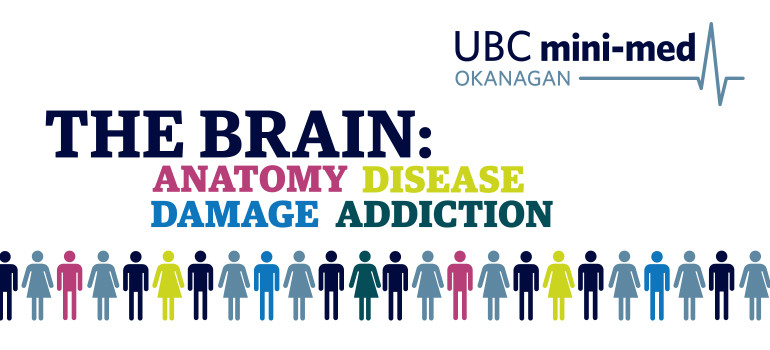
UBC Assistant Professor Sanjoy Ghosh.
A UBC researcher is suggesting the types of cooking oils people consume may be sabotaging their efforts to stay healthy and avoid illnesses such as diabetes.
Sanjoy Ghosh, a Michael Smith Health Research Foundation Scholar and a professor at UBC’s Okanagan campus, has recently published research that concludes a high consumption of polyunsaturated fatty acids (PUFA) but not monounsaturated fatty acids (MUFA) can lead to sedentary or lazy behaviour, especially in women.
Ghosh says not that long ago, heart disease was supposedly caused by saturated fats—an idea that has become increasingly controversial in recent years. This thinking instigated the intentional removal of saturated fatty acids from most food supplies in favour of MUFA and PUFA. Essentially all fats in our ‘convenience’ foods like potato chips, energy bars, crackers or burgers use cooking oils like corn, sunflower and soybean and margarine—all rich in MUFAs and PUFAs.
So Ghosh now questions: can we blame our dietary fats at least partially for the physical inactivity that’s well documented in Canadian children and adults?
“Our study presents new ecological evidence that dietary PUFA is strongly associated with sedentary behavior among pre-teen girls and weakly associated with diabetes among adult women across Europe,” says Ghosh, recommending more trials and studies are done to confirm his findings.
Alarmingly, exposure to dietary PUFA can be identified early in life. In this analysis, a significant correlation was observed in sedentary behaviour of 11-year-old girls and PUFA in their diets.
Ghosh collaborated with UBC biologist and data analyst Jason Pither, the first author of the study, to examine data from 21 countries in Europe, specifically looking at pre-teen girls and then, in a second study, the blood glucose levels of adult women. In putting details such as the amount of time each week spent watching TV along with other filters — like a country’s per capita GDP, urbanization, and even latitude — they came out with a clear connection to the consumption of n-6 polyunsaturated fatty acids and an increase in sedentary behaviour.
Such clinical findings come on the heels of a similar study from Ghosh’s lab in 2015 in the Journal of Nutritional Biochemistry, which provided the first indication that omega-6 PUFAs we eat makes mice lazy. To read the full study, visit: jnutbio.com/article/S0955-2863(14)00247-2/abstract
“This data is extremely significant,” says Ghosh. “Nobody has made this connection and it’s time for an intervention. And if someone is beginning an exercise program without taking a close look at the fats, especially PUFA, they are consuming, or changing what they’re eating, then it might be doomed to failure.”
This research was recently published in the PLOSOne. Funding for this research was provided by the Egg Farmers of Canada, Dairy Farmers of Canada, Canadian Diabetes Association and the Natural Sciences and Engineering Research Council of Canada.
—30—
The post UBC researchers connect common fats to a lazy lifestyle and diabetes appeared first on UBC's Okanagan News.












